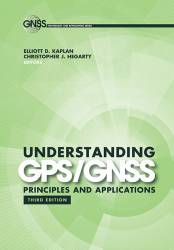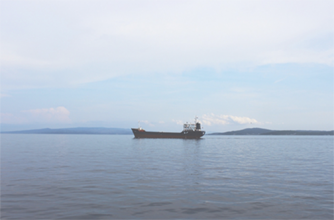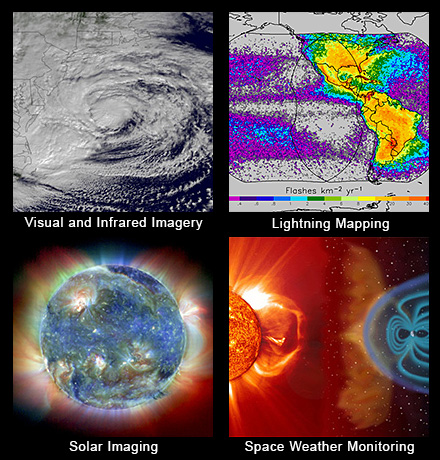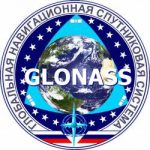Lawsuit Delay Hints at Shift in GPS Spectrum Fight
A $2 billion lawsuit with implications for the ongoing spectrum fight between the GPS community and would-be terrestrial telecom provider Ligado Networks has been stayed — set aside through mutual agreement for nine months — according to court documents.
By Inside GNSS










